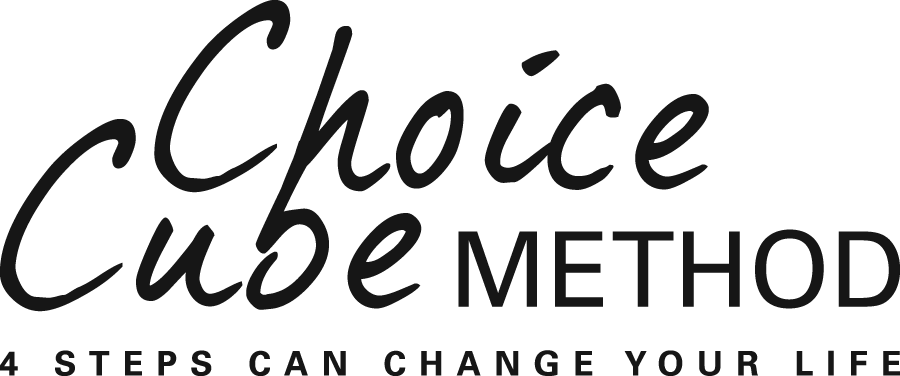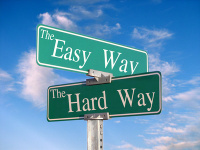Your Inward Reactions And Your Subconscious Mind
/How often have you found that no matter how hard you try to be more loving, or patient, less angry and judgmental, you can't do it? Or you do it for a while then fall back on your old behaviors.
Change is so difficult because of your negative inward reactions. Inward reactions are the automatic reactions of your body (stress), emotions, mind, and will/desires.) You may have trouble with them because you don't pay attention to them. You may not know how to change them or even that they exist.
Usually, negative inward reactions are the result of past painful “unfinished business” that was too overwhelming to face. So you locked away some or all of that information in your subconscious mind.
But the experience and your reactions have not gone away. Something in the present (a sound, a smell, or a comment from a friend) can trigger those reactions. Then, only a real conscious effort will allow you to expose and change them. It's a lot like playing the tunes on a CD. Your inward reactions are the CD and you are the CD player.
There are many approaches to change. If, however, you want change that lasts, you must always change those four inward reactions--bodily stress, emotions, thoughts, and desires.
YOUR TASK. Part of changing your inward reactions is to make what is subconscious conscious. Why? Isn’t it better to just leave these painful things alone? Why bring it all back to the surface?
The answer is that unless you make some things conscious, they sit in you, like bad, rotting food, and poison your whole system. Then when something triggers them, you are doomed to have the same thoughts and feelings and desires, and to do the same things, one more time. You will make the same mistakes over and over. Hopefully, you realize that you don’t want to keep making the same mistakes. Also, you can't consciouly change something if you're not aware of it.
HOW DO YOU MAKE SOMETHING CONSCIOUS AND CHANGE? But how, you might ask, do you make something conscious and change? Start by staying aware of your inward reactions (body, emotions, mind, and will). Your body sensations and emotions in particular are signals from your subconscious. Also. your mind is not always your friend. When you are really upset, note that your mind can get in the way, telling you things are okay, while your body--your gut--is saying, “Watch out!”
THE FASTEST WAY TO LASTING CHANGE. Not only is awareness of your inward reactions the way to your subconscious and to change, it is the fastest way to lasting change. And here's some good news. Once you know what to look for and can identify your reactions, you can use the tools you have to stop repeating the same mistakes and change.
You can retrain yourself to do some different--better for you and those you care for. When you change your inward reactions, you can change your deep beliefs and choose your behaviors. You actually rewire your brain.
In my book, Become the Person You Were Meant to Be - The Choice-Cube Method, you will find, among other things, a mental checklist, tools, and 4 steps to help you recognize your inward reactions, change your deep beliefs, and choose your behaviors. Click here http://amzn.to/Xw2YMZ to see inside the book.
You can retrain yourself, change, grow, and engage life more fully.





